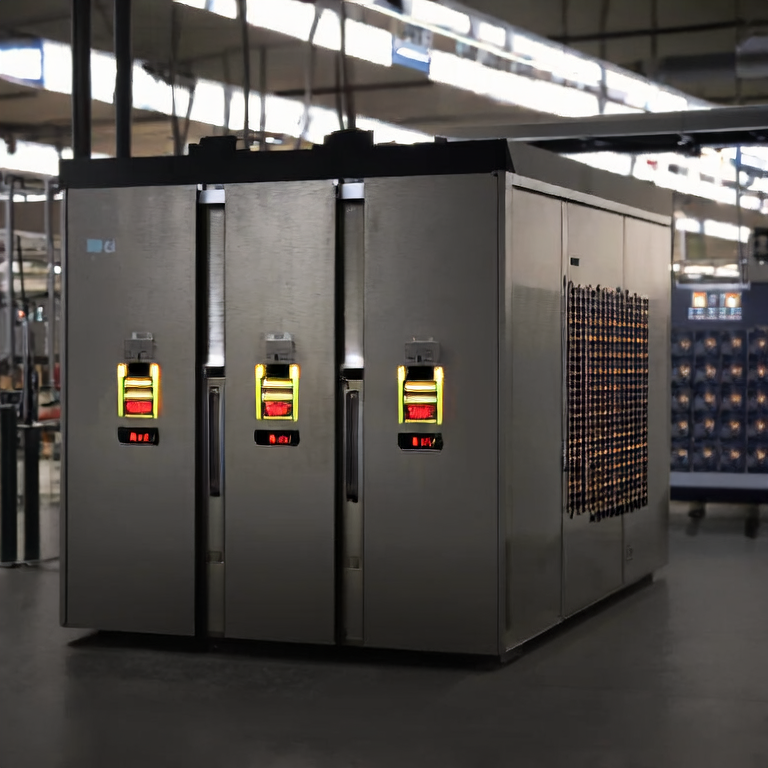
Blog
Jun. 12, 2025
In today’s fast-paced industrial world, efficient energy distribution is crucial.
Many factories rely on low voltage switchgear to manage power safely.
But what happens when this essential equipment fails?
Ensuring the reliability of switchgear is vital for smooth factory operations.
This article explores the significance of low voltage switchgear in factory automation.
Specifically, we will cover its functions, benefits, and role in preventing power outages. 
Low voltage switchgear is critical in factory automation. It helps distribute electricity safely, protecting equipment and ensuring operations run smoothly. Without it, factories risk power outages and equipment damage.
Low voltage switchgear ensures stable and safe power distribution. In manufacturing, where machines run continuously, any interruption can halt production. Thus, having a dependable power supply is crucial.
These systems protect electrical devices from overloads and short circuits. For example, when a machine draws too much current, the switchgear can isolate the problem. This action prevents damages and maintains overall factory safety.
By managing energy flow effectively, low voltage switchgear helps factories use power more efficiently. This efficiency leads to lower energy costs and a smaller environmental footprint.
A factory in California implemented a new low voltage switchgear system. The new system helped reduce energy costs by 30% and lowered downtime due to electrical issues. This success demonstrates the importance of investing in a quality power management system.
In conclusion, the role of low voltage switchgear in factory automation is vital. It provides reliable energy distribution, protects equipment, and improves efficiency. Understanding and investing in switchgear technology is essential for any factory aiming for smooth operations.
1. What is low voltage switchgear?
Low voltage switchgear is equipment that helps control and distribute electrical power within a factory.
2. Why do factories need switchgear?
Factories need switchgear to ensure a reliable power supply and protect their machines from electrical faults.
3. How does switchgear improve safety?
Switchgear isolates faults, preventing potential risks such as fires or equipment damage.